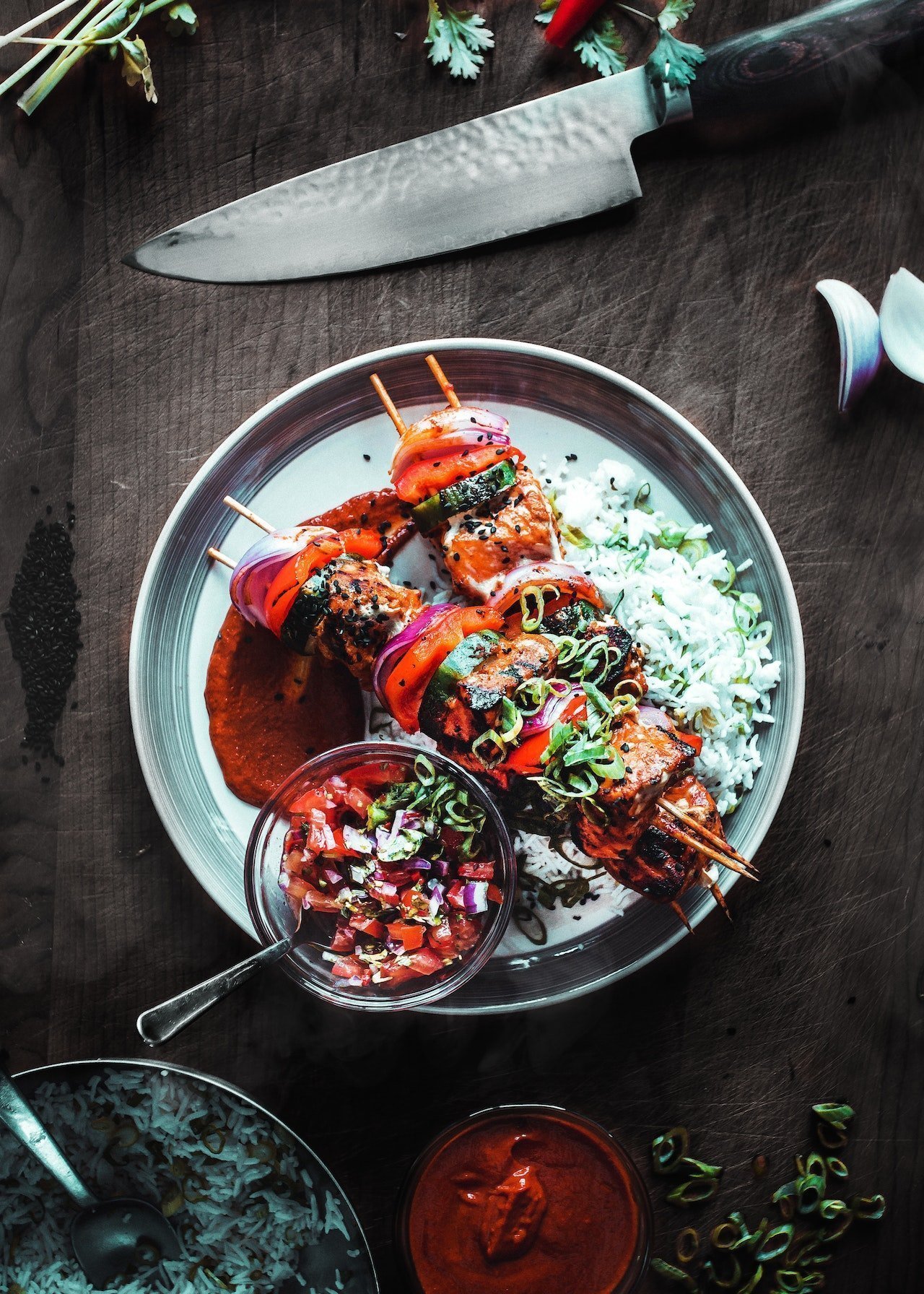Dizi, a beloved Iranian dish with centuries-old roots, embodies the rich culinary traditions of Persia. This hearty stew, made with simple yet flavorful ingredients, reflects the diverse cultural influences and regional variations across Iran. We explore the secrets behind Dizi Iranian food’s history, unique ingredients, and traditional recipes, and discover how this timeless dish continues to bring people together.
The Origins of Dizi: Tracing the Roots of a Timeless Dish
Dizi, also known as Abgoosht, is a traditional Iranian stew with a rich history that dates back centuries. Its origins can be traced to the nomadic tribes of Persia, who needed a nutritious and easy-to-prepare meal while on the move.
Over time, Dizi evolved from a simple meat and chickpea stew into a beloved national dish, reflecting the diverse cultural influences and regional variations across Iran. The name “Dizi” comes from the earthenware pot traditionally used to cook this hearty meal. These pots, known for their excellent heat retention, allow the ingredients to cook slowly, melding the flavors together.
Dizi is more than just a meal; it represents a culinary tradition that has been passed down through generations, each adding its unique touch. Today, it remains a staple of Iranian cuisine, enjoyed by people of all ages and backgrounds, symbolizing the warmth and hospitality of Persian culture.
Traditional Ingredients: What Makes Dizi Unique?
The uniqueness of Dizi lies in its traditional ingredients, which create a flavorful and nourishing dish. The core components include lamb, chickpeas, white beans, potatoes, tomatoes, and onions, all simmered together in a rich broth.
Spices such as turmeric, salt, and pepper add depth and warmth to the stew, while dried lime (limoo amani) imparts a distinctive tangy flavor that sets Dizi apart from other stews. The inclusion of fat, either from the lamb itself or added tail fat (domb), enhances the dish’s richness and creates a satisfying texture.
Some regional variations may include additional spices or herbs, but the essence of Dizi remains consistent. The slow-cooking process is crucial, allowing the meat to become tender and the flavors to meld beautifully. This combination of ingredients not only makes Dizi delicious but also provides a balanced meal rich in protein, fiber, and essential nutrients, embodying the heart and soul of traditional Iranian cuisine.
Step-by-Step Recipe: How to Make Perfect Dizi at Home
Making perfect Dizi at home involves a few simple steps and a bit of patience to achieve the best results. Here’s a step-by-step guide:
1. Ingredients:
– 500g lamb (preferably with bone)
– 1 cup chickpeas (soaked overnight)
– 1 cup white beans (soaked overnight)
– 2 large potatoes, peeled and chopped
– 2 tomatoes, chopped
– 1 large onion, chopped
– 2-3 dried limes (limoo amani)
– 2 tablespoons tomato paste
– 1 teaspoon turmeric
– Salt and pepper to taste
– Water
2. Preparation:
– In a large pot or traditional Dizi pot, heat a bit of oil and sauté the onions until golden.
– Add the lamb and turmeric, browning the meat on all sides.
3. Cooking:
– Add the soaked chickpeas and beans to the pot, followed by the tomatoes and tomato paste. Stir well.
– Pour in enough water to cover the ingredients, bring to a boil, then reduce the heat to a simmer.
– Add the dried limes, salt, and pepper. Cover and let it simmer for about 2-3 hours, or until the meat and beans are tender.
4. Finishing Touches:
– Add the chopped potatoes in the last hour of cooking. Adjust seasoning as needed.
– Once everything is tender and flavors are well combined, remove the dried limes.
5. Serving:
– Traditionally, the broth is separated and served with pieces of flatbread, while the meat and beans are mashed together and eaten as a side.
Enjoy your homemade Dizi, a true taste of Iranian tradition!
Serving and Enjoying Dizi: Tips for the Best Experience
Serving and enjoying Dizi is an art that enhances the overall dining experience. Traditionally, Dizi is served in two stages: the broth (ab) and the solids (goosht). Begin by separating the broth from the solids using a strainer. The broth is typically served in a bowl, accompanied by pieces of fresh or toasted flatbread (such as lavash or sangak). Diners dip the bread into the flavorful broth, savoring its rich taste.
For the second stage, the remaining solids, including the meat, beans, and potatoes, are mashed together using a pestle or the back of a spoon. This mixture, known as “goosht kubideh,” is then enjoyed with additional bread, fresh herbs, and torshi (pickled vegetables). To elevate the experience, serve Dizi with traditional Iranian sides like sabzi khordan (fresh herb platter), onions, and a variety of pickles.
To fully appreciate Dizi, it’s important to embrace the communal aspect of the meal. Gather family and friends, serve the dish in a large, central pot, and encourage everyone to partake in the mashing and dipping process. This not only enhances the flavors but also fosters a sense of togetherness and celebration, embodying the true spirit of Iranian dining.
Dizi Variations: Exploring Regional Twists on the Classic Recipe

Dizi, while traditionally consistent in its core ingredients, has several regional variations that add unique twists to the classic recipe. In different parts of Iran, local flavors and ingredients influence the preparation and presentation of this beloved dish.
In Tehran, for example, Dizi is often made with a richer blend of spices and sometimes includes yellow split peas for added texture. In Isfahan, a variation known as “Dizi ye Shahi” incorporates a blend of lamb and beef, creating a heartier version. The addition of dried fenugreek leaves (shanbalileh) in some regions imparts a slightly bitter yet aromatic flavor that distinguishes their Dizi.
In the western provinces, such as Kermanshah and Kurdistan, variations may include locally sourced herbs and a stronger emphasis on lamb fat, which adds a distinct richness. The southern regions, like Khuzestan, might introduce a hint of date syrup or tamarind paste, giving the stew a subtle sweetness and tang.
These regional variations not only showcase the diversity within Iranian cuisine but also highlight the adaptability of Dizi to local tastes and available ingredients. Exploring these different versions offers a deeper appreciation of the dish’s versatility and the rich culinary heritage of Iran.
Conclusion
Dizi, a beloved Iranian dish, offers a rich blend of history, cultural influences, and regional variations. Its unique ingredients and traditional cooking methods have been passed down through generations, symbolizing the warmth of Persian hospitality. Whether enjoyed in its classic form or through regional twists, Dizi Iranian food is still a cherished staple of Iranian cuisine, bringing people together over a hearty and flavorful meal.



